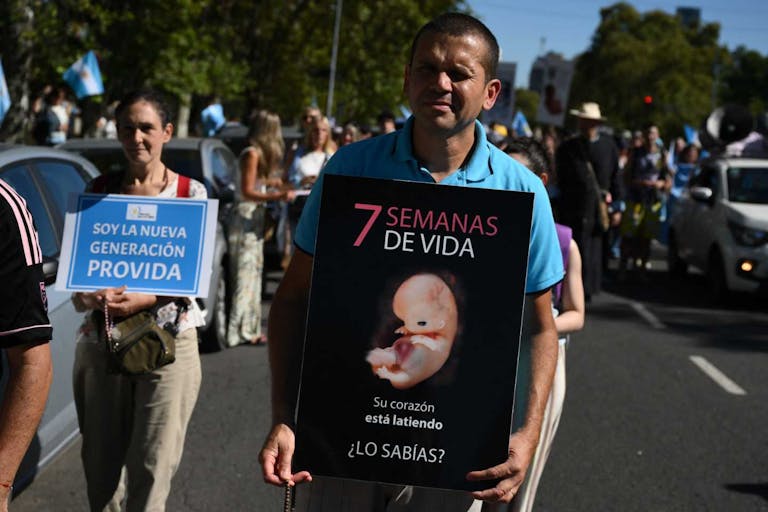
Latin America’s conservative comeback powers pro-life push at UN
Rai Rojas
·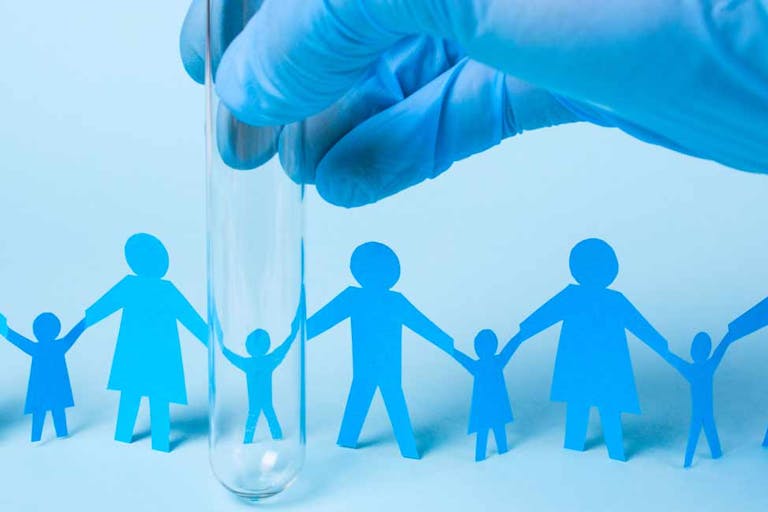
Fertility industry disaster: Siblings learn they aren’t related. Women realize they were lied to.
Buzzfeed has exposed yet another fundamental issue with the unregulated fertility industry. Multiple people have shared their stories of growing up with “siblings” and building family bonds with them, only to have their worlds turned upside down when they discovered they weren’t actually related to one another.
Sam Johnson, a 29-year-old New Yorker, was raised by a lesbian couple and there was never any question about his conception — he knew his moms had used a sperm donor. While he was comfortable with his upbringing, he still felt something was missing. According to the donor information card his mother gave him, his father was an Italian, Catholic doctor. Johnson clung to that, attempting to learn to speak Italian and prepare Italian foods. In 2007, he found the Donor Sibling Registry and began connecting to multiple people, all ostensibly conceived using the same man: Donor #19. He met one of those siblings, Genna Ellis, in person, and they quickly became close. “It was a powerful experience for both of us, considering that was the first time we thought we were communicating with someone we were blood-related to,” Ellis told Buzzfeed.
They met other siblings, and reveled in their newfound bond, with Johnson inviting them to his wedding. “I was always proud to be like, yeah, this is my sister — to be able to say that,” Johnson said. “I liked the idea of it.” But then one of the half-sisters took a 23andMe test and learned she didn’t actually have Italian heritage and that her biological father was actually a Slovakian man. Johnson and Ellis then took 23andMe tests as well and discovered that none of the three siblings were related at all. And it was a painful realization.
“We obviously didn’t grow up with one another, and we obviously didn’t live close to one another, so that already makes it difficult to maintain a relationship,” Johnson said. “But then when you add the fact that we’re not even related, it’s like, what’s really holding it together?”
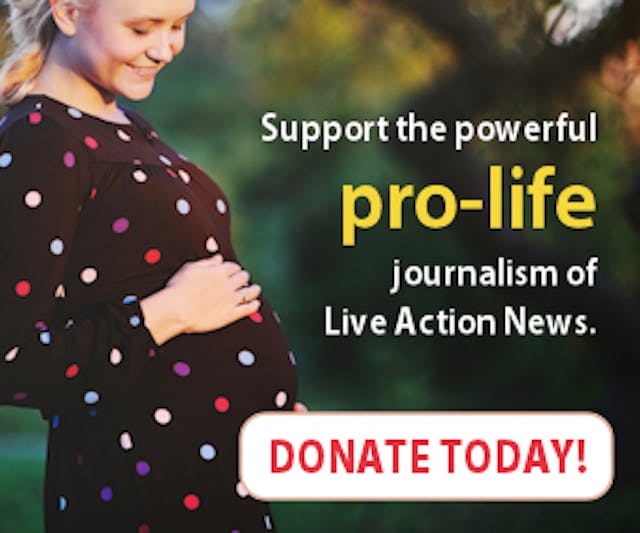
Christy Coyle was happy to connect with another mother named Lauran. Her son Tylen and Lauran’s son had been conceived using the same sperm donor during the same time frame — or so they believed. Coyle and Lauran decided to raise their sons together, excited at the notion of giving them each a brother to grow up with. “We had planned that when they turned 18 and got to meet the donor that they were going to do it together,” Coyle told Buzzfeed. “It was just our life plan.”
When the boys turned 10, Coyle and Lauran had AncestryDNA tests done and looked at the results while on the phone together. “And then it was just dead silence,” Coyle recalled. “There was no noise at all. And she just said, ‘They’re not related.’” She told Buzzfeed that she felt not only as though she had betrayed her son, but that she herself had been violated — inseminated by a man she didn’t consent to.
“I thought I was doing what was best. I picked somebody who he would get to know when he turned 18. I had a piece of paper telling me what he looked like. I had all the information, and suddenly you find out none of that was true. You don’t even know who you got,” she said. “It’s a really hard thing to process. And you have to go back and really reevaluate if you made the right decision. I question myself a lot. It made me feel horrible.” Now, it turned out Tylen didn’t have a half-brother after all, and that decade of bonding felt as though it were for nothing.
Bryce Branzell told Buzzfeed he had considered donating sperm because he needed money, and a sperm bank was promising $500. He went to the facility, but backed out at the last minute, giving his test sample to a technician and asking for it to be discarded. He was told it would be disposed of. 10 years later, after Branzell had married and had two children, someone messaged his mother, saying they had discovered a match on AncestryDNA. She, in turn, reached out to Branzell, asking if he’d ever made a sperm donation. “It was one of those moments where I’m like, there has to be some sort of mistake here. There’s no way something could have happened,” Branzell said. “And then all of a sudden the thought popped in my mind that this did happen; I did provide a test sample to the company. Could that have been it?”
Article continues below
Dear Reader,
In 2026, Live Action is heading straight where the battle is fiercest: college campuses.
We have a bold initiative to establish 100 Live Action campus chapters within the next year, and your partnership will make it a success!
Your support today will help train and equip young leaders, bring Live Action’s educational content into academic environments, host on-campus events and debates, and empower students to challenge the pro-abortion status quo with truth and compassion.
Invest in pro-life grassroots outreach and cultural formation with your DOUBLED year-end gift!
Branzell, it turned out, was Tylen’s father — the man whose sample Christy Coyle had been given.
Branzell has filed a lawsuit, but Coyle and Lauran said most courts don’t care, as long as the child is healthy. “I’ve read stories of other moms. The judge kind of says, ‘You’ve got a healthy kid. What do you care?’ Well, because this is a person, and I’ve been telling him one thing for 10 years and now I’ve been lying unknowingly,” Lauran told Buzzfeed. “He’s a person. He’s not a product.”
Wendy Kramer is one of the founders of the Donor Sibling Registry and pointed out the fertility industry is completely unregulated. “I think for so many of us when we had to use a donor in order to have a child we all thought, Oh, it’s the medical industry. These are medical professionals, so there’s going to be the same ethics and morals and responsibilities and record-keeping,” she told Buzzfeed. “What many of us have come to realize over the years is this isn’t the medical profession. These are sperm-sellers, and that’s very different, and their ethics and responsibilities are very different.”
Unfortunately, stories like these are becoming increasingly more common, as IVF and surrogacy grow in popularity. People conceived using IVF, donor eggs or donor sperm are discovering they have numerous siblings, or that their parents aren’t their biological parents, and suddenly they are questioning their own identity and existence.
As Lauran said, children born through the fertility industry are people, not products. However, both the fertility industry and its customers inherently commodify children — treating them as products to be bought and sold. Women peruse a catalog to find the “perfect” sperm donor, while others rent a woman’s body to carry a child. It is impossible to humanize a process that by its very nature is dehumanizing and commodifying. When life is created — and destroyed — as part of a money-making industry, it should come as little surprise that those behind the scenes and in the courthouses don’t actually care how the “product” was made as long as it arrived in good condition.
Editor’s Note, 6/6: A correction has been made with regard to use of IVF.
“Like” Live Action News on Facebook for more pro-life news and commentary!
Live Action News is pro-life news and commentary from a pro-life perspective.
Contact editor@liveaction.org for questions, corrections, or if you are seeking permission to reprint any Live Action News content.
Guest Articles: To submit a guest article to Live Action News, email editor@liveaction.org with an attached Word document of 800-1000 words. Please also attach any photos relevant to your submission if applicable. If your submission is accepted for publication, you will be notified within three weeks. Guest articles are not compensated (see our Open License Agreement). Thank you for your interest in Live Action News!

Rai Rojas
·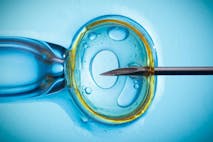
International
Angeline Tan
·
Pop Culture
Cassy Cooke
·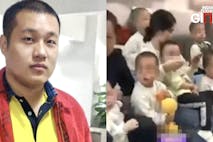
International
Cassy Cooke
·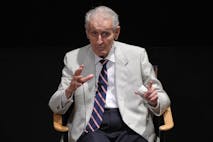
Analysis
Cassy Cooke
·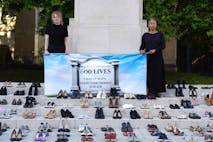
Analysis
Angeline Tan
·
Politics
Cassy Cooke
·
Politics
Cassy Cooke
·
Pop Culture
Cassy Cooke
·
International
Cassy Cooke
·
Analysis
Cassy Cooke
·